If planting a tree directly into the ground is not a viable option for you, you need to find an alternative planting method. One of the best of these alternatives is to grow trees in containers. However, not all containers are equally desirable. Compared to using other types of containers, planting trees in grow bags has a lot of advantages. If that is the approach you choose to take, you need to learn how to complete that planting process correctly. This article will serve as a guide to help you do just that.
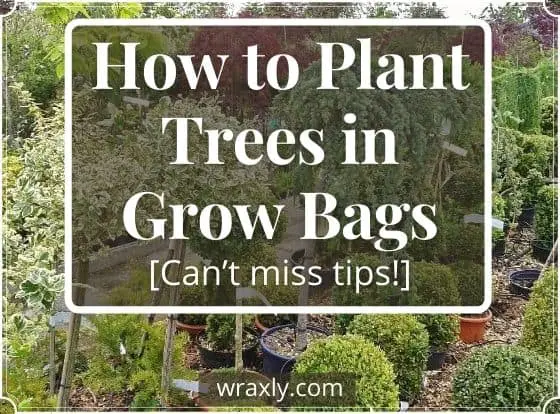
Table of contents
Choose the Right Tree to Plant in a Grow Bag
Before we discuss the specific details of how to plant trees in grow bags, let’s cover some general tree selection tips. Of course, the tree you choose to plant is mainly a matter of personal preference. But there are a few considerations you should make to ensure that your tree will grow happily in a grow bag.
Understand Growing Conditions
Every plant has a distinct set of growing conditions and care requirements. Regardless of whether you plant in the ground or in a container, you need to respect those plant’s needs. Each plant species you browse will have different preferences related to:
- Hardiness zone
- Sun exposure
- Soil moisture
- Soil acidity
Along with those basics, each plant can also come with unique care requirements. Make sure you choose a tree that will survive in the area where you intend to plant it and that you will be ready to meet any ongoing maintenance needs.
Find a Small Species
Planting in containers or grow bags is a viable option. But that route does come with some limitations. The most important of these is the lack of space that exists within the bag.
Over the course of a tree’s life, the branches and roots will expand. When a tree grows in the ground, there is often no limit to how wide the roots can spread. Naturally, a grow bag has a finite space for root expansion.
This fact is the reason why it is necessary to transplant trees to larger containers after a few years of growth. However, there is one preemptive tactic you can use to lower the number of times you will need to transplant your tree.
If you plant in a grow bag, try selecting a smaller species. As you search for a plant to grow, you will find that there are many dwarf species that are ideal for the smaller area that a grow bag provides. Those species come with a smaller root size that will take longer to reach the extent of the grow bag.
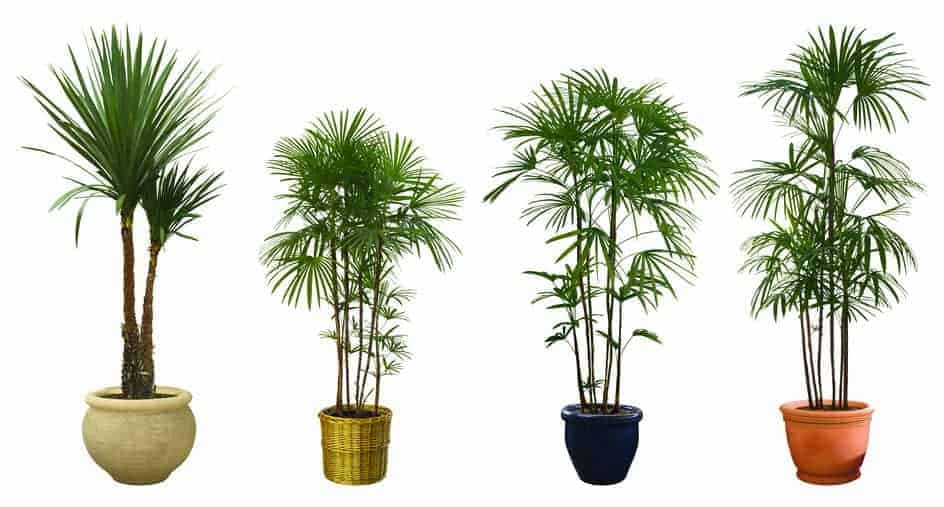
Pick a Tree in Good Health
The last tip we have for tree selection is to pick a tree that is in good health. At a nursery, you will find some trees that are in peak condition and some that are on the decline.
Choosing a tree in poor health will set you up for failure from the start. Even if you give that plant perfect care, it may continue to decline and eventually die.
Best Grow Bags for Trees
While selecting a proper plant species is essential, it is not the only important decision you need to make. What is equally critical is the grow bag you choose to house your tree.
In the next two sections, we’ll give you some guidance on selecting the best grow bags for trees. We’ll also share some of the reasons why grow bags are such a better option than other containers.
What Size Grow Bag for Trees?
We already told you that it is a good idea to select a tree species that is on the smaller side. Planting a tree of that size makes it less likely that the root system will run out of space. But there is another approach you can take to tackle that issue.
Considering trees represent some of the larger plant species, it makes sense that you should choose a grow bag that is on the larger side as well. Try to find a grow bag that has at least seven gallons of total volume. That size is typically large enough to accommodate a small to a mid-sized tree.
A small species and a large grow bag will make your transplanting a less frequent occurrence. But the nature of a grow bag plays a role here too. Because grow bags are so porous, they allow air pruning to take place. That process discourages plants from becoming root-bound and therefore reduces the need for transplanting.
Other Important Grow Bag Qualities
Size may be the most important trait of a grow bag that will hold a tree. But there are a few other qualities that you should also know about. The sections below will introduce you to a few of the most important ones.
Drainage
One of the main benefits of using a grow bag over another type of container is that a grow bag allows for fantastic drainage. While ceramic and plastic containers are solid, fabric grow bags are made of a permeable material.
That permeability lets water escape the bag after each watering. As a result, the soil will not become waterlogged, and your tree won’t suffer from excessively wet soil conditions.
Airflow
Airflow is another vital feature of grow bags. The same material quality that allows water to get out also allows air to get in and contact the roots.
That airflow allows for air pruning to take place, which makes for healthier roots. It also prevents a build-up of moisture that might cause the growth of mold or fungus that could damage your tree.
Handles
Occasionally, you might decide to move your tree well after your initial planting. Mobility is another advantage of planting in grow bags, but with trees, it can be a difficult task.
After a few years of growth, your tree might become significantly heavier than it was originally. When that happens, it can be helpful to have a grow bag with built-in handles. Those handles will make it much easier for you to maneuver your tree as you please.
Planting Trees in Grow Bags
Now that you have a quality tree species and a suitable grow bag, it is time to dive into the planting process. The process for planting a tree in the ground versus planting a tree in a grow bag is very similar. However, there are a few insights that you need to know before you can get started. The next three sections will equip you with the knowledge you need.
Remove the Tree from its Existing Container
The odds are that the tree you wish to plant is already in a container. As such, the first task you need to complete is removing the tree from the container.
For most small trees, this step is relatively easy. Begin by grasping the tree as low down on the trunk as possible. Then pull, then use your other hand to hold the container steady as you remove the tree.
After removing the plant, there are two critical objectives you must achieve. First, you need to clear away enough soil so that the tree’s root flare is visible. That root flare should remain visible throughout the entire planting process.
Your second objective at this stage is to rough up the root ball. Teasing the roots will encourage them to expand outward rather than encircling one another.
Fill the Grow Bag with Good Soil
Since your plant is now out of its previous container, it should be easy for you to judge the height of the root ball. Begin filling the grow bag with soil with that dimension in mind.
Your goal here is to fill the grow bag so that the space between the soil level and the top of the bag is slightly larger than the height of the root ball. This ensures that the tree and its root flare will be at a proper level to promote healthy growth.
Additionally, you should make sure that you are using nutrient-rich soil. For this, potting soils are often your best bet. These soils are ideal for growing plants, including trees, in containers and grow bags.
Plant the Tree and Backfill
When your soil is at the correct level, place the tree in the grow bag. Double-check to make sure that the root flare is at or just below the top of the bag.
After you are satisfied with the level of your plant, you can start backfilling. Use the same potting soil to fill any gaps in the bag. As we mentioned before, you should not pile up so much soil that the root flare is no longer visible.
Once your grow bag is full of soil, you should give your tree plenty of water. Any time you plant or transplant a tree, it will go through some degree of transplant shock. The best way to help your tree overcome that shock is to give it all the water it needs.
Sources:
A Guide to Buying Healthy Trees and Shrubs

John Haryasz is a freelance writer and landscape designer. In the field of landscape architecture, he has contributed to many successful design projects throughout the country. As a writer, John specializes in creating captivating and informative web content. Through that work, he aims to share his design knowledge and promote engagement with the outdoor world.
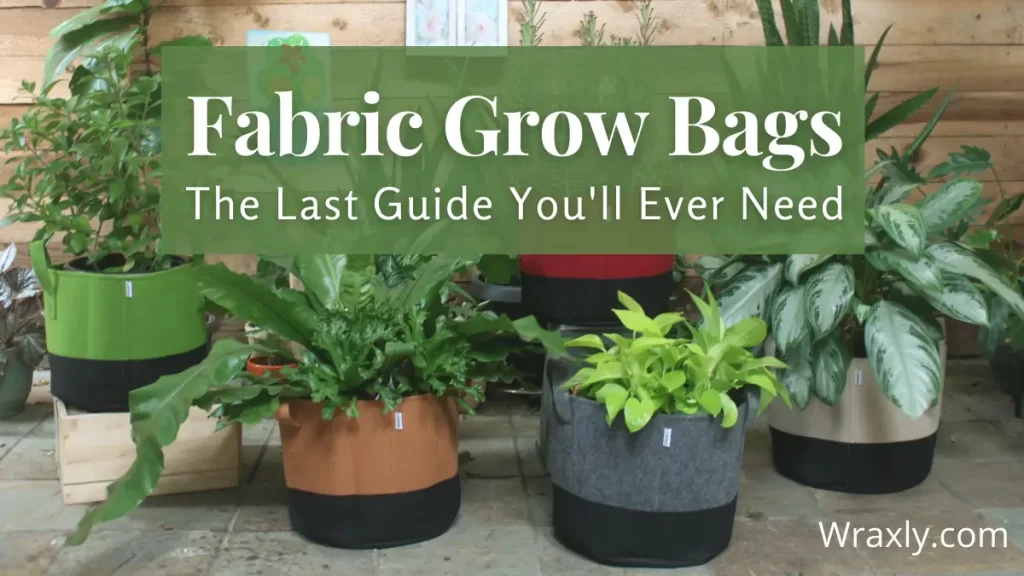
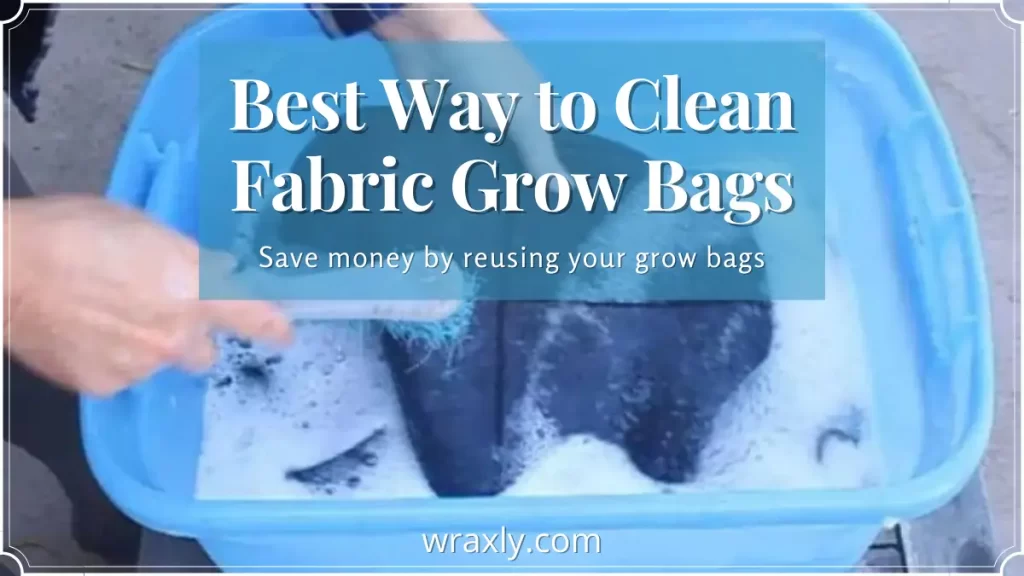
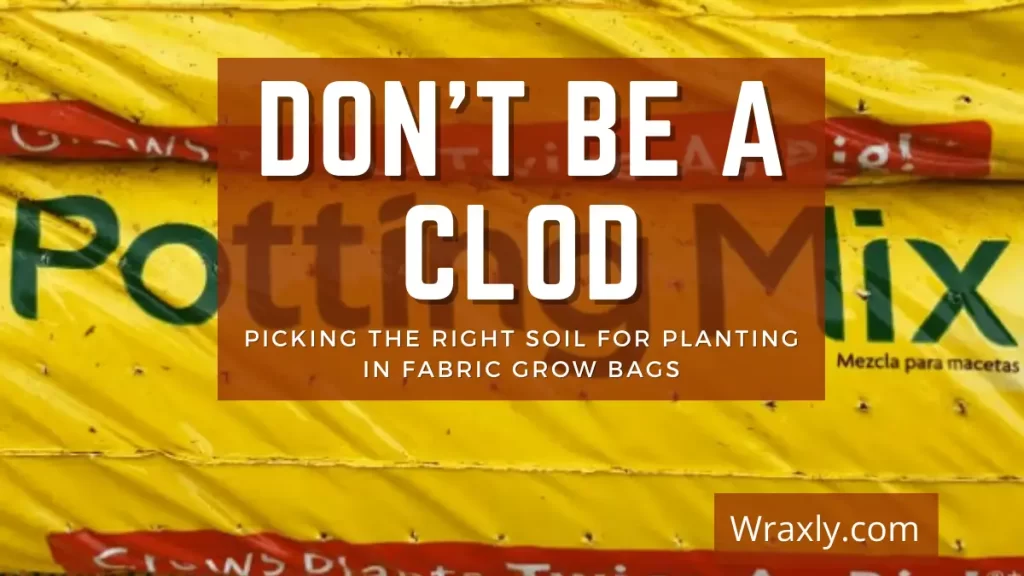
![Container gardening for beginners [Buying guide]](https://wraxly.com/wp-content/uploads/2021/02/Container-gardening-for-beginners-Buying-guide-1200-1024x576.webp)